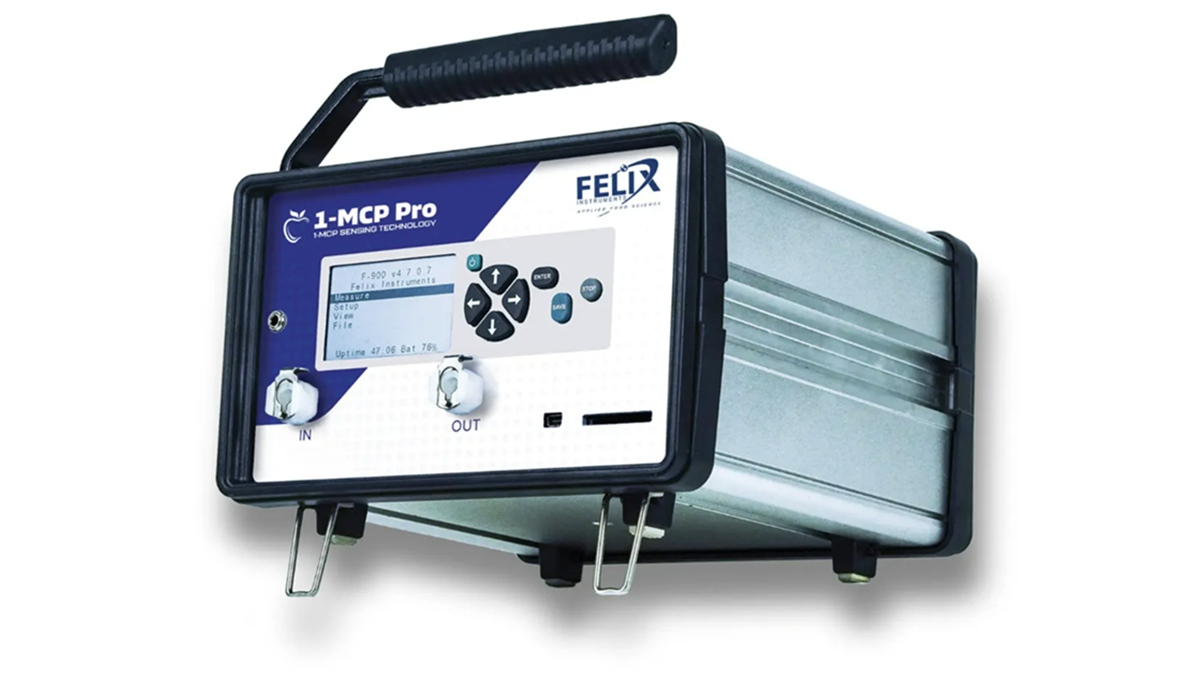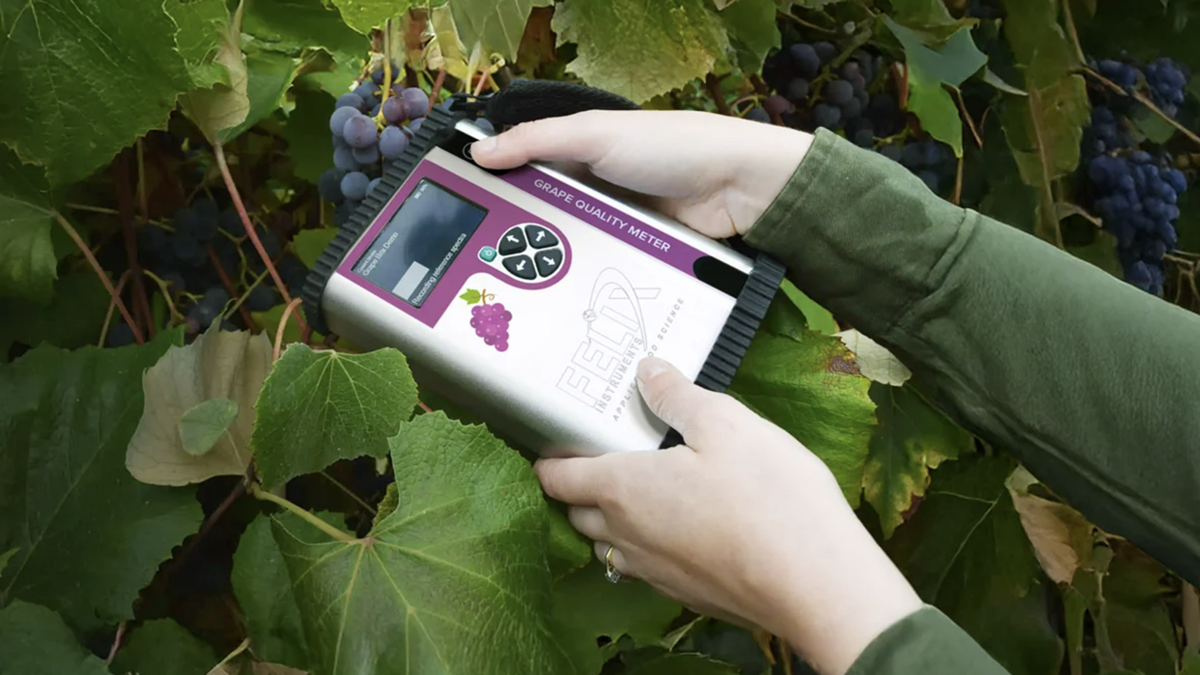Measurements
What Active Packaging is and why it's important
The way food is purchased and consumed has undergone enormous changes in the last few decades. Consumers demand food that is minimally processed and nutritious with no chemical additives. At both the national and international levels, stringent controls on food are in place to protect consumers' health. Also, changing retail and distribution methods are making older packaging systems inadequate. Newer technologies better suited for the current, rigorous market needs are developing, and active packaging is one of them.
22 April, 2022
The way food is purchased and consumed has undergone enormous changes in the last few decades. Consumers demand food that is minimally processed and nutritious with no chemical additives. At both the national and international levels, stringent controls on food are in place to protect consumers' health. Also, changing retail and distribution methods are making older packaging systems inadequate. Newer technologies better suited for the current, rigorous market needs are developing, and active packaging is one of them. What is Active Packaging?Modified atmosphere packaging (MAP) alters the gas mixture in a package to protect and preserve food. These packages contain manipulated compositions of carbon dioxide (CO2), oxygen (O2), and nitrogen (N2) to preserve appearance, texture, taste, freshness, and hygiene while extending shelf life and quality. The modified atmosphere has higher levels of CO2 and lower O2 than outside air to reduce respiration and biomass loss, control microbial spoilage, and preserve food quality. Sulfur dioxide (SO2), carbon monoxide (CO), argon (Ar), and ethanol (CH3-CH2OH) are also used to a limited extent in MAP. The targeted gas composition can be monitored with small portable devices, such as the F-920 Check It! Gas Analyzer, manufactured by Felix Instruments - Applied Food Science. The F-920 is a headspace gas analyzer that takes rapid CO2 and O2 measurements. Broadly, the maintenance of modified atmosphere inside the package occurs in two ways: active and passive. - Passive MAP, which uses the properties of the food product and the permeability of the packaging material to achieve and maintain the desired atmosphere, is suitable mainly for respiring food, such as fresh produce. The respiration produces CO2 and maintains a high level of this gas, which is the aim of MAP. Though cost-effective, passive methods require time to realize the optimal atmosphere and are unsuitable for short-term packaging. - Active MAP is a relatively recent innovation. A vacuum is created to remove air, and then the targeted atmosphere is added. Along with additives and suitable packing materials, this maintains the new modified atmosphere in the package. Stakeholders can use this kind of packaging for all kinds of food products: respiring fresh produce and non-respiring animal products, processed food, and pharmaceuticals. Active technologies are more expensive than passive methods. Functions of Active PackagingActive packaging is engineered to respond to changes in the atmosphere inside and outside the package. The aim of active packaging can differ depending on the food product; therefore, there are a wide range of technologies used in active packaging. Active packaging can extend shelf life and improve food quality by influencing the following processes: - Physiology; e.g., respiration, ripening, and transpiration in fresh produce - Chemistry; e.g., oxidation of oils and fats - Physical processes; e.g., powders caking and bread staling - Microbiological spoilage due to bacteria, fungi, and yeast There are two types of technologies used: - Absorbers or scavengers to remove undesired components like O2, CO2, ethylene, odor, microbes, and moisture. - Emitters that add desired elements to the MAP like CO2, scents, antioxidants, and antimicrobial substances.



.jpg)







